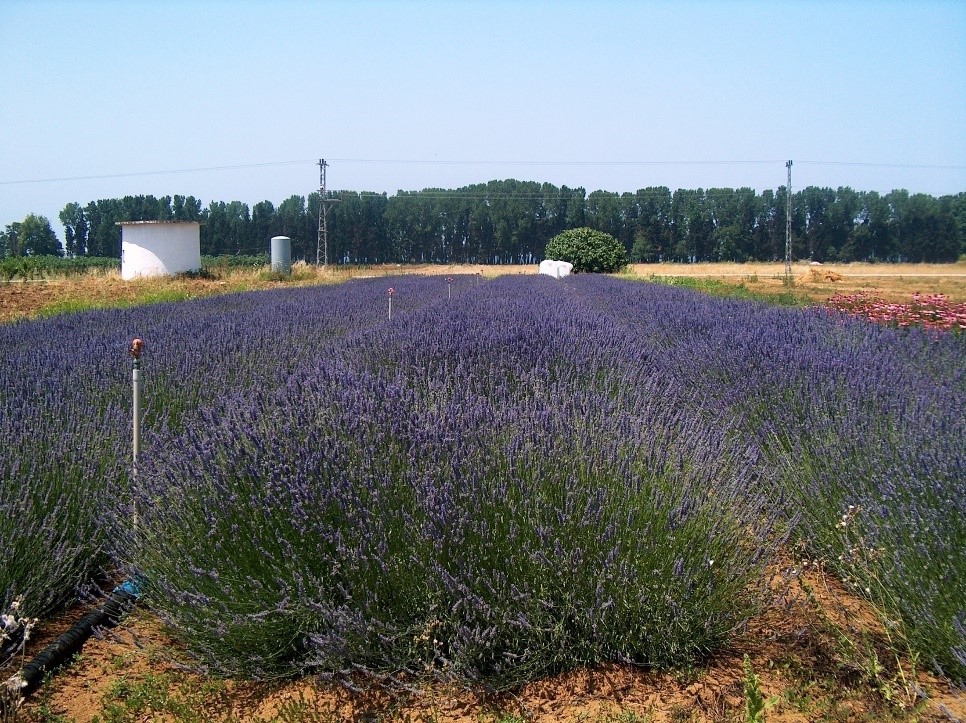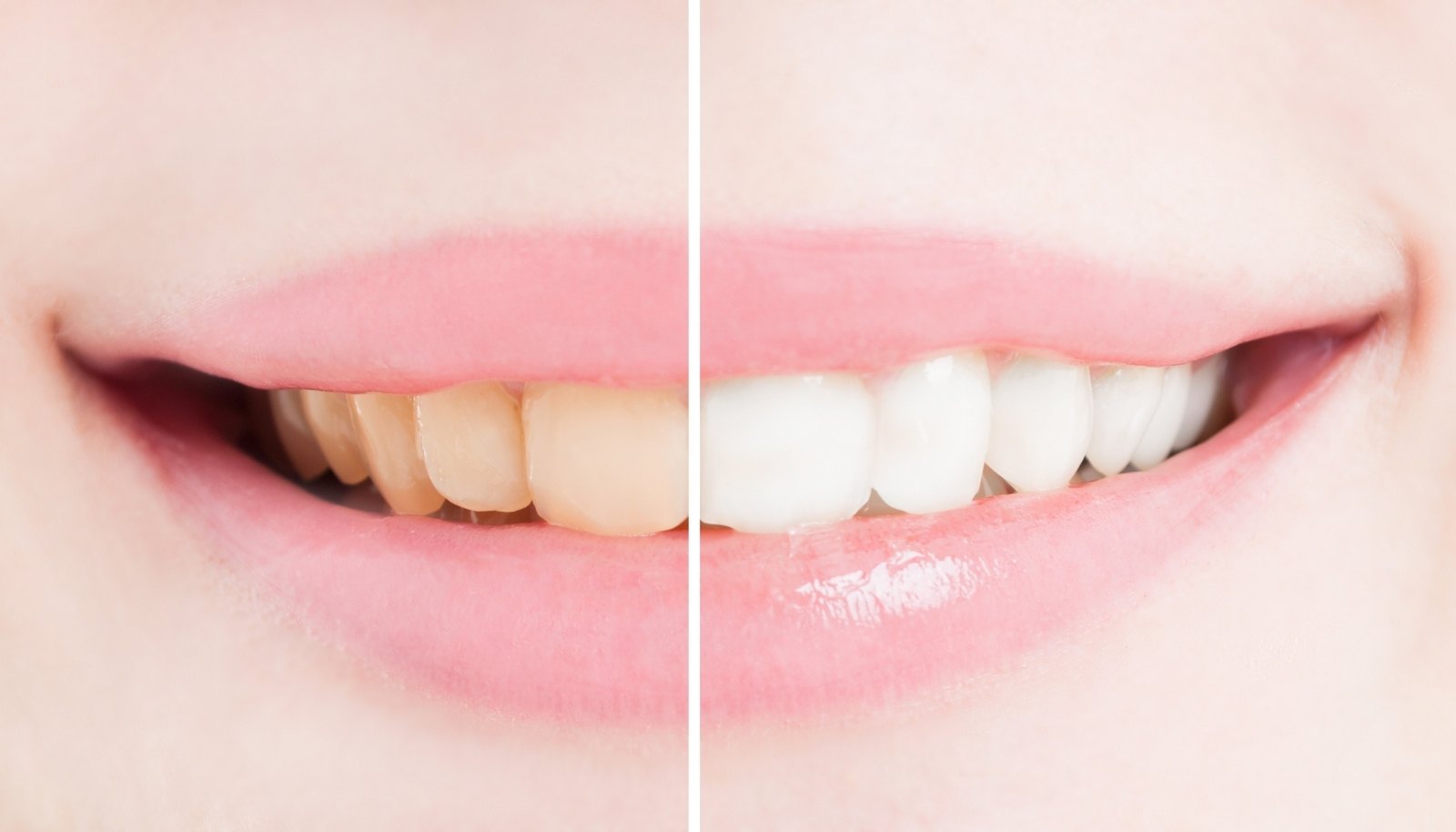
Latin: Lavandulaxintermedia Emeric ex Loisel.
Local Names: Lavender, Lavandula angustifolia and Lavandula latifolia
English Name: Lavender
Botanical Features:
Lavender is a plant from the Lamiaceae family. Spreading naturally in some European countries, lavender is not included in the natural vegetation in Turkey. It is a perennial, semi-woody and shrub-shaped plant. It has a very strong root system.
It blooms violet colored flowers after June. In many branching plants, the height varies between 80-120 centimeters, the diameter of the habitus varies between 1-2 meters. The leaves are gray-green in color and have a distinctive elongated structure. It does not shed it is leaves and the above-ground parts do not dry out in winter, but plant growth stops. From the spring, fresh shoots, flower stalks and, accordingly, flowers are formed.
Agriculture:
Lavender is an important essential oil plant cultivated in many countries of the world. It is generally cultivated on curved stony lands where there is not much rainfall, there is no irrigation facility. Production at the facility is practically made with steel. Seedlings obtained from cuttings planted in rooting medium are planted in the field in March-April in spring season or October-November in autumn season. Planting density can be made as 100x50 cm or 150x50 cm.
Approximately 1500-2000 seedlings are planted per a decare. Lavender begins to bloom from the first year it is planted. However, while 50% flower yield is obtained from the plants in the 2nd year, it is fully yielded from the 3rd year. At the full yield age, approximately 150 kg of dried flower yield can be obtained per a decare.
Content and Active Ingredients:
Lavender flowers contain essential oil. The amount of essential oil varies between 4-6%. The main components of the essential oil are linalool and linalyl acetate. In addition, lavender extract contains camphor, borneol, caryophyllene.
Usage areas:
Cosmetics: Perfumery, skin care, hair care, tonic, fragrance, pimpleand acne care, antibacterial products
Food Supplements: Sauce, honey, sweets (flavor), extract capsules
Beverage Aroma: Tea, vinegar, soda pop
Pet Health, Food, Cosmetics: Fattening food, cat/dog food, shampoo, odor remover, dog urine pads, cat litter, rodent shavings, lint roller
Herbal Medicine: Insect repellent (hydrosol), nasal strips, essential oils, ointment, aroma therapy
Cleaning: Soap, detergent, surface cleaners, air fresheners, shampoo, shower gel, softener, air conditioner cleaning product, wet wipes, toothpaste, tincture, cologne
Extract Form: Powder and liquid
Active ingredients: Linalyl acetate, Linalool, Camphor, 1,8-cineole, Luteolin, Apigenin, Eriodictyol, Quercetin, Naringenin






